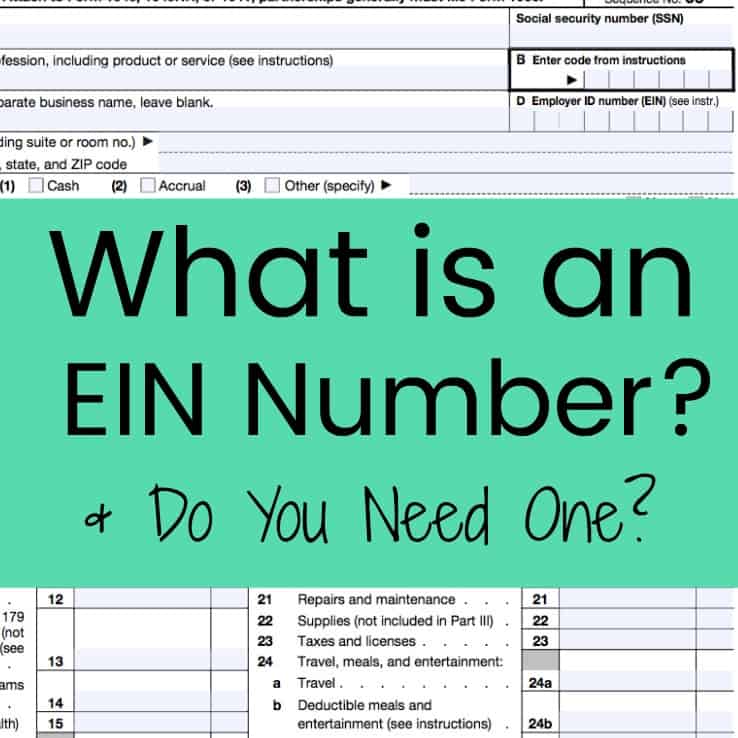6 Things to Consider When Hiring an Employee in Your Craft Business
Affiliate Disclosure: As an Amazon Associate I earn from qualifying purchases. Additionally, I may get commissions for purchases made through other affiliate links in this post.
I recently wrote an article about some of the signs that it be might time to hire help in your craft business. If you’ve made the decision to hire help in your craft business, you’ve got some work to do.
This list includes things to consider when hiring an employee in your craft business.
Table of Contents

6 Things to Consider When Hiring an Employee in Your Craft Business
Job Expectations
Before you can start looking for someone to help you, you need to clearly write out a job description of what an employee will be expected to do, the days and hours required, and the length of the position.
Pay and Policies
Before you hire an employee, you have to figure out how much to pay them. I feel that to handle day-to-day business tasks a pay rate somewhere near minimum wage is appropriate. Tasks that require more training or more care like designing products should pay more.
Pay should be given on a regular basis (weekly, bi-weekly, or monthly). The employee should log their hours upon arriving at work and leaving work.
Additionally, a set of written policies are essential to make sure that everyone knows the expectations.
Safety
In many cases, I know that many craft business owners work from their homes – and work alongside young children. You’ll need to disclose this to any potential employee, as some people will not be comfortable with this.
Ideally, you’ll need to have a space set up that is only for your business and a caretaker to watch the kids during your work hours. Your space should have enough room for two people to work simultaneously and not be on top of each other.
If you don’t know the person well that you are considering hiring, please get a background check. A standard background check isn’t expensive, and there are many companies online that can provide one.
Where to Find Employees
Ask around your circle of friends or neighbors if they know of people that may be looking for extra money. Don’t forget church acquaintances, play group parents, co-workers at an outside job, neighbors, and older teenagers/college aged kids of friends. It is likely that someone you know is friends with someone that is looking to earn some extra money.
Consider taking on a friend to help you. I usually don’t advocate going into business with a friend, but having a friend help you out generally works well as long as the expectations are clear.
If you still can’t find anyone, did you know that Care.com has a section dedicated to odd jobs? I’ve used Care.com for a long time for both odd nights out and obtaining regular childcare. You can choose applicants who have been background checked, and view feedback ratings from other Care.com members. Use this link and save 20% on a membership.
Consider Virtual Help
If the pandemic taught us anything, it is that many jobs can be done virtually. If you are thinking about hiring an employee for tasks like social media, graphic design, or newsletter writing, consider taking on a virtual employee.
I’ve written a separate article about virtual help.
Legal and Government Documents
Upon hiring an employee in your craft business, you’ll need to get the official paperwork done. This will likely include getting your EIN number, get Medicare and Social Security taxes in order, and setting up Worker’s Compensation. Rather than re-write something where tons of information is already available, I’ll lead you to this article by NOLO on hiring your first employee.
What If Your Business Isn’t Legally Registered?
I’m going to be realistic and honest here. I know that many Cutting for Business readers are just starting out and may not have incorporated or registered their business in their county/state. (If you need help getting official see this post or this one.)
Perhaps, some small business owners need some help getting orders out, maybe just temporarily, and don’t have a budget to hire someone. My advice to you: Get creative. Consider bartering with a friend – or a friend of a friend – to help you.
I’ve had tremendous luck bartering with my live out nanny both in crafting endeavors and personal assistant tasks. You could even barter supplies, finished products, or machine lessons.
Since 2015, Christine Schinagl has been helping crafters start and run craft businesses through her blog, Cutting for Business. As a Silhouette and Cricut crafter herself, she has a unique take on what works and what doesn’t work in the craft business world. She also enjoys teaching other crafters how to create digital SVG designs, available through the Design with Me series.





